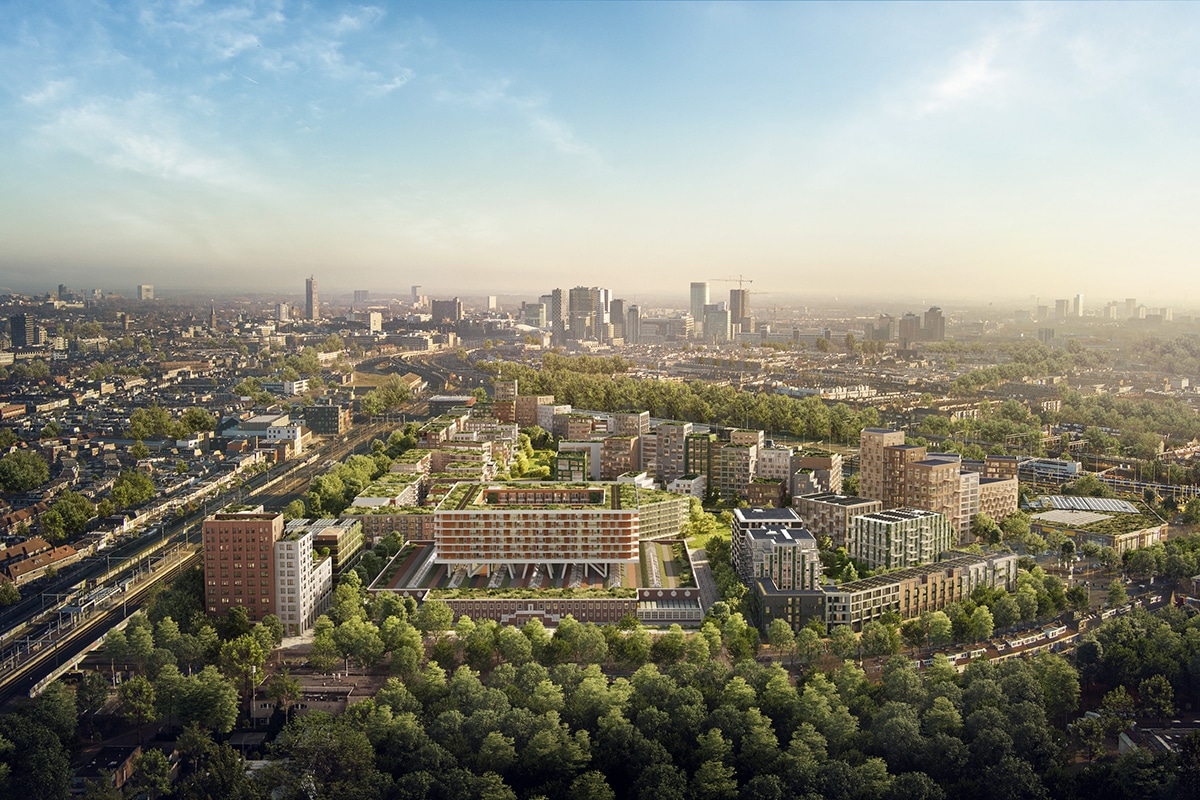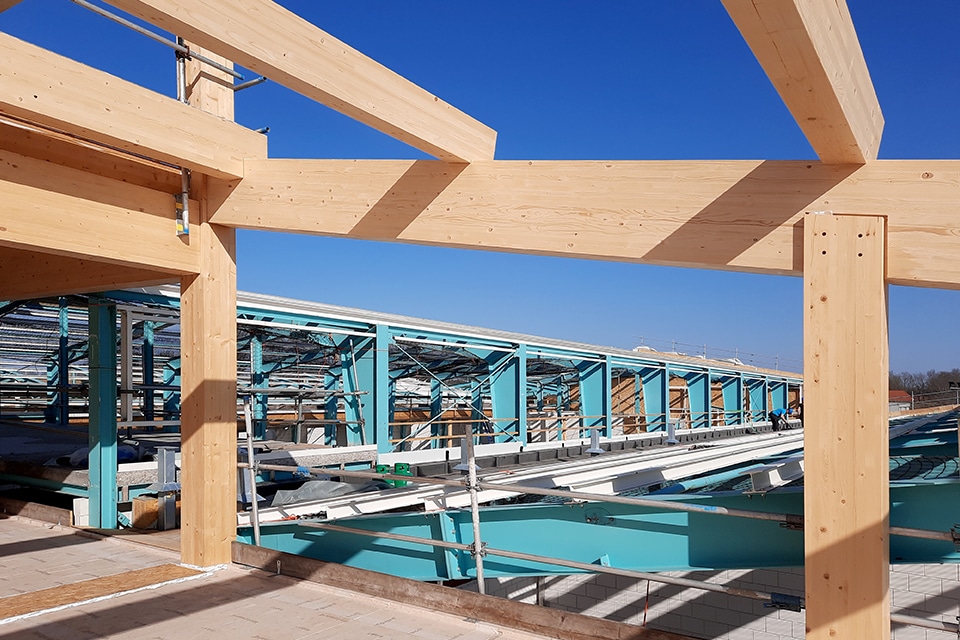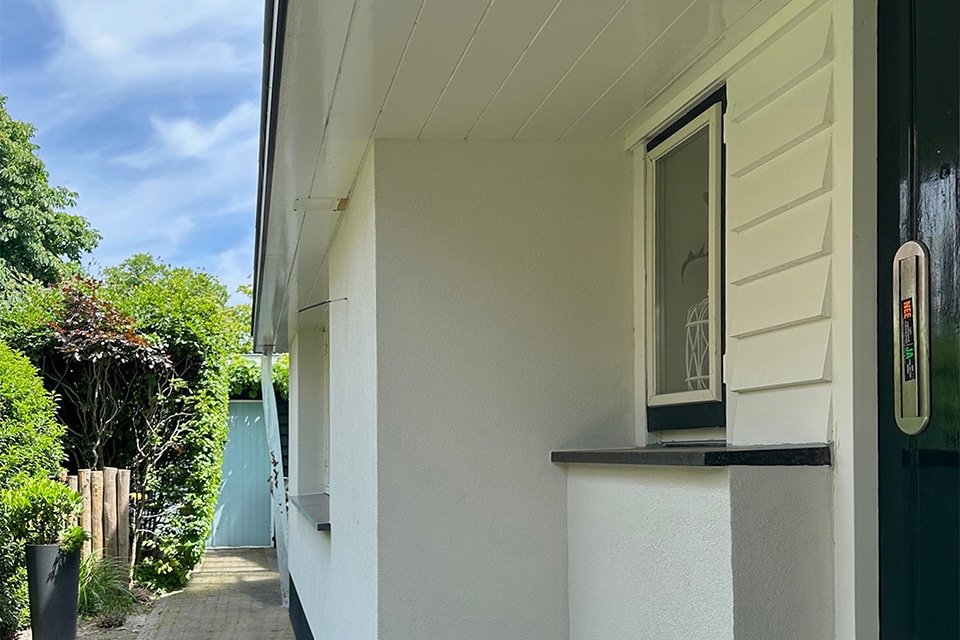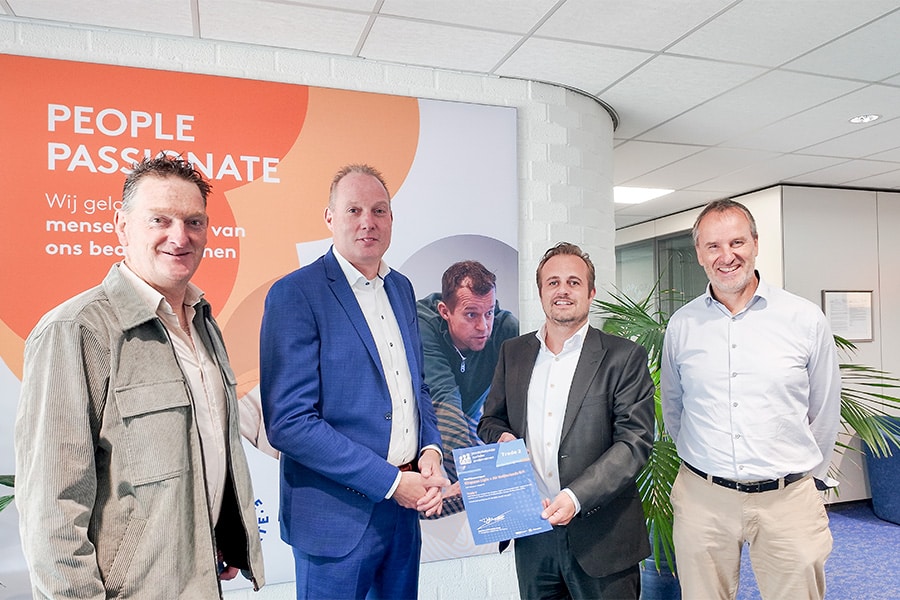
Elevator inspections in practice: 'Safety user above all'
European directives, stricter regulations: the elevator industry is also affected. But what to do with existing elevators? Do you test them according to old or new standards? Stedenbouw went out with Aboma's elevator inspectors. Goal: testing and inspecting two elevators after a renovation in Haarlem. "Except for the cage structure from 1970, almost everything here has been replaced," says Manager Liften Bert Huisman during the inspection. "We make no concessions to safety; after all, that is our core business."
What exactly? Two traction elevators with machine room in a 1970s gallery apartment building in Haarlem-Schalkwijk were extensively modernized independently of each other over a month's time. We meet Huisman and employees of the executive contractor at the completion and inspection of the last elevator, while the mechanics are putting the finishing touches to the "i". Huisman, an experienced inspector from inspection body Aboma, keeps close track of the completion process. "What you see here is the commissioning inspection after modification of an elevator, actually the assessment of new parts in an older elevator installation. Basically nothing new for us, but different each time, depending on the construction period of the elevator and the number of modifications." When the first Dutch elevator standard was published in 1950, there was a completely different awareness. "Read: a lot of improvements were made. Gradually we moved to the European standard EN 81-20 for traction elevators, which means that elevators and components now meet the same level of safety throughout the EU. Standards are regularly tightened in order to keep newly applied techniques adequately controlled."
Component review
So how do you inspect a 1970 elevator of which all but the steel car structure has been replaced, from electric motor and cabling to doors and controls? Huisman: "Such an elevator must at least comply with the manufacturing specifications, new parts with the latest regulations. We check after modernization or repair work whether the hoist, speed limiter, catching device, drive and control and cage closure, as well as the structural connections are safe and correct in accordance with current standards. Also, during the inspection, we do a test where the elevator is overloaded to 125% of the rated load." If all goes well, new components increase the level of safety compared to the manufacturing specifications. "In this way, the minimum required safety level is always guaranteed; we go for the highest achievable. We do not compromise on safety; after all, that is our core business. Of course, within the limits of the assignment given to the contractor: we do not demand 'state-of-the-art'."

The mechanic has a control panel on the car that allows him to stop the elevator at any time.
Maintenance Mechanic
Aboma certainly has an eye for practice and is in close contact with the performer, says Huisman. "With the aim of checking the work of the relevant contractor against the regulations." In some cases, the renovation job needs to be extended. "Only then do we approve the elevator for commissioning. This is sometimes difficult - even for the client, but elevator maintenance companies know the practice and safety is of equal importance to them." Relatively speaking, the elevator industry actually has more incidents during maintenance work than during daily use, Huisman said. To illustrate, the inspector on duty opens a floor-to-ceiling door to show the top of the elevator car, showing a newly constructed work platform for the technician. "See, now that's one of the many improvements over the years. And the mechanic has a control panel on the cage that allows him to stop the elevator at any time, should it still move unexpectedly."
Highest level of safety achievable
Overwhelmingly, much safety quality has been gained in the years since the elevator standard was introduced, such as the required full cage enclosure, voice-listening devices and upward catching devices (which prevent the elevator from "crashing" against the roof). "That's all in here; in terms of displays and comfort, a lot has been improved as well, but the safety of maintenance workers is definitely being considered as well," Huisman emphasizes. "That's significant gains." The renovated elevators in the gallery apartments are clean and comfortable, but above all functional and solidly constructed. "Construction and technology, health and safety related issues, accessibility for the disabled, we weigh all of that. Aboma always inspects according to the highest achievable safety level, where the inspector may fall back on the older standard applicable to this elevator if necessary. So there is a margin, but we will never approve an elevator that we are not sure about," says Huisman. "You see how far we go in this: to the eye of the user, these can even be called completely new elevators."



